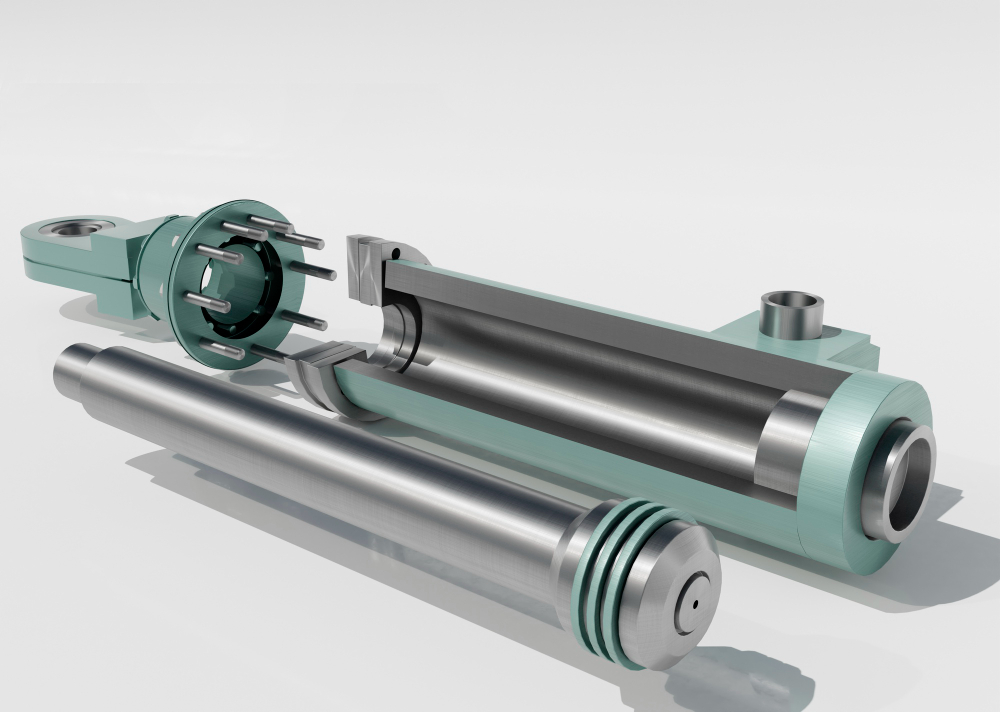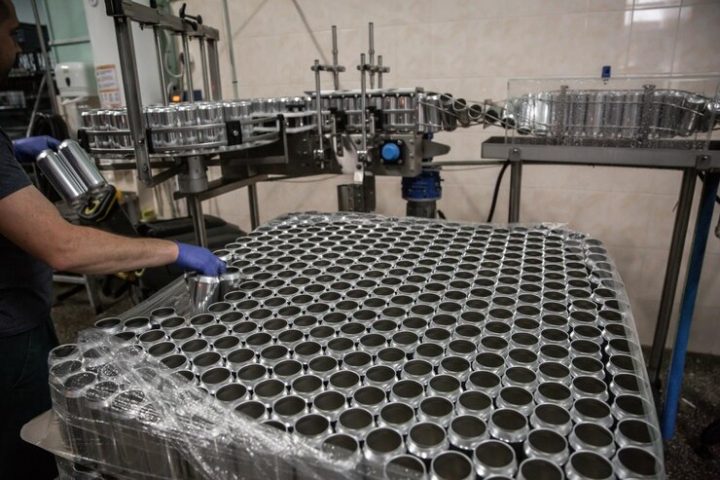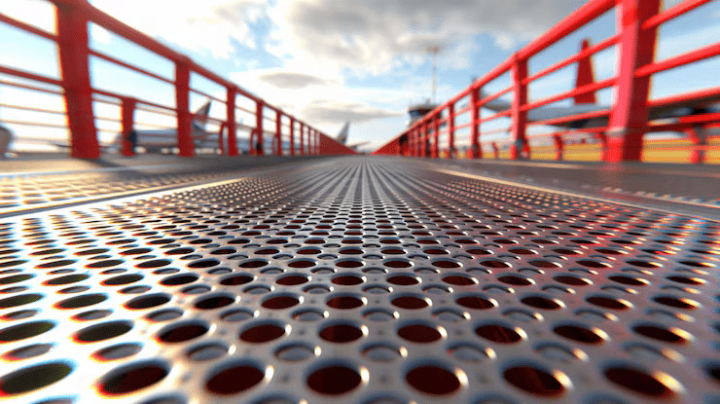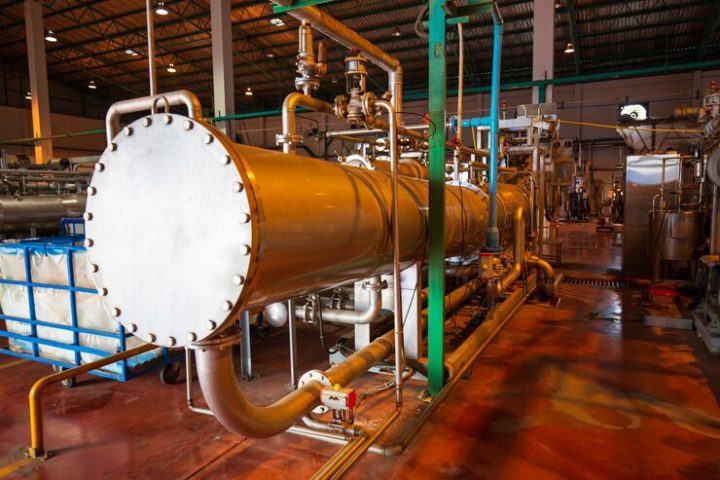Introduction
An ejector ejects gases and vapors or non-condensable from the system to create a vacuum. Several industries use ejectors from ejector manufacturers in India, including chemicals, pharmaceuticals, FMCG, petrochemicals & refineries, etc. Ejector follows Bernoulli’s Principle in which during the increase in kinetic energy, there is a decrease in pressure energy which maintains the total energy constant & vice versa.
The ejector from ejector suppliers in India has a feature of the converging section where the increase in velocity leads to the conversion of pressure energy into kinetic energy. The transformation helps in low-pressure regions to generate motive force that draws process fluid. Both fluids mix and flow towards diverging section having a diversion nozzle. The fluid flow through the diversion section leads to the conversion of kinetic energy into pressure energy with a decrease in velocity and an increase in pressure. After re-compression, Mixed fluid gains required force.
Types of Ejectors
There are numerous types of Ejectors depending on the below pointers: –
1) Based on Nozzles:
- Single-Stage Ejectors: – Single-stage Ejectors are simple and frequently usable nozzles in the industry. They discharge pressure near or equal to atmospheric pressure. They are usable for force from atmospheric to 80 torrs or compression ratio <10. For critical or noncritical flow, Single Stage Ejector comes into action. Industry can use one set of designs flow at a time. The size of Single Stage Ejectors from ejector manufacturers and suppliers in India is compact and usable in the industry, which requires large compression ratios.
- Multi-Nozzle Ejectors: – Multi-Nozzle Ejectors generate high vacuum from the atmosphere in the range of 30 torrs to 0.05 torr. The six stages of ejector develop low pressure. There are numerous design and performance parameters of Multi Nozzle Ejector. It has one nozzle at the center, and the remaining are available at equal space around the nozzle. The design of the Multi Nozzle Ejector by ejector exporters in India is the same as Single Nozzle Ejector, but it reduces steam consumption by 10% to 15%. The efficiency of the Multi Nozzle Ejector is higher, and the nozzle length is also short.
2) Based on Motive Fluid: –
- Liquid Jet Ejectors: – In this Motive, fluid is a non-compression fluid (generally water) without heat energy, due to which a single-stage centrifugal pump does not increase pressure. Motive fluid velocity at the nozzle tip is less, which affects non-condensable load handling capacity.
- Steam Jet Ejectors: – Steam Jet Ejectors, the motive fluid, have high pressure and low-velocity compressible steam, which exists from the nozzle at designed suction pressure and supersonic velocity. Non-condensable load handling capacity is higher due to the supersonic speed of the motive fluid.
- Combination of Ejectors: – Liquid Jet Ejectors and Steam Jet Ejectors generate low absolute pressure. Ejector manufacturers in India design both to make suction in Liquid Jet Ejectors, and discharge happens at the last stage of the steam jet ejector.
Conclusion
Ejectors can efficiently transfer fluids and gases by utilizing the Venturi effect. They have various industrial applications, such as refrigeration, chemical processing, and power generation. Ejectors are simple in design, require minimal maintenance, and can be operated with various fluids and gases. They also offer environmental benefits by reducing the need for mechanical pumps and compressors. Ejectors are a reliable and cost-effective solution for many fluid and gas handling needs.



